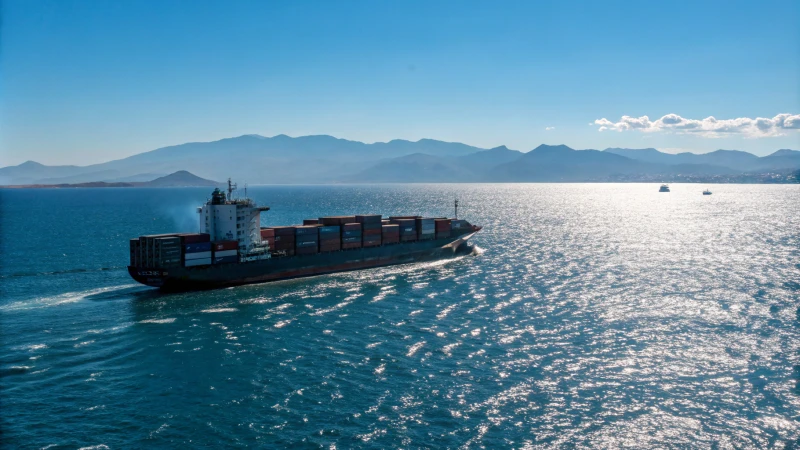Ever wondered what it really costs to get your goods shipped from China to New Zealand? Here's a friendly guide to help you out.
The cost to ship from China to New Zealand depends on the method: sea freight (FCL and LCL), air freight, and express shipping. Sea freight ranges from $70 per CBM for LCL to $3,200 for a 40-foot container. Air freight costs between $3.5 to $6.5 per kg, while express shipping is about $30 to $40 per kg.
From my own experience, I remember feeling overwhelmed by the sheer number of options when I first started importing electronics. Choosing between sea freight, which offers a lower cost for larger shipments, and air freight, which is faster but pricier, was daunting. I quickly learned that understanding these methods isn't just about numbers; it's about aligning them with my business needs and timelines.
Each option has its own perks and pitfalls. For instance, sea freight can save money but might stretch delivery times, whereas air freight cuts time but demands a higher budget. If you're like me, balancing cost and speed is crucial, especially during peak seasons when prices surge by up to 40%. Let’s break it down further so you can make the best choice for your business.
Sea freight is the cheapest shipping method from China to NZ.True
Sea freight offers the lowest cost per unit, starting at $70 per CBM.
Express shipping is cheaper than air freight from China to NZ.False
Express shipping costs $30-$40/kg, higher than air freight at $3.5-$6.5/kg.
What Are the Main Shipping Methods from China to New Zealand?
Navigating the shipping maze from China to New Zealand can be a rollercoaster of decisions. Let me walk you through the journey with options that fit your unique needs.
The main shipping methods from China to New Zealand include sea freight, air freight, and express shipping. Sea freight options are Full Container Load (FCL) and Less than Container Load (LCL), each offering different cost and speed benefits.
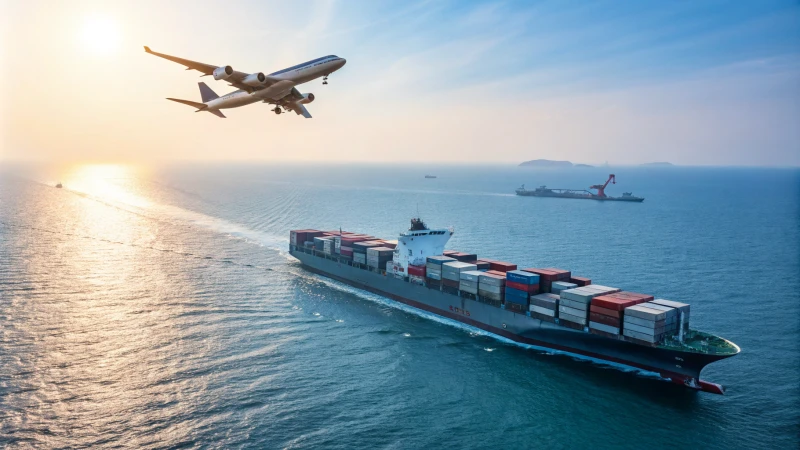
Sea Freight
Imagine this: I was once stuck with a warehouse full of goods in Shenzhen, wondering how best to get them to my retailers in New Zealand. That's when I discovered the magic of sea freight. It's perfect for moving large volumes, and here's why:
-
Full Container Load (FCL): This is like having an entire bus all to yourself, only it's a 20 or 40-foot container. If you're shipping lots of products, FCL might just be your best friend. I found it cost-effective, ranging from $900 to $3,200 depending on the container size.
-
Less than Container Load (LCL): Remember those times when you carpooled to save on gas? LCL works similarly by sharing a container with others. This method helped me save costs when my shipments weren't large enough to fill a whole container. It cost around $70-90 per CBM.
Keep in mind the factors like volume, weight, and seasonal surcharges when considering sea freight1.
Air Freight
For those moments when I needed to get my hands on the latest gadgets ASAP, air freight was a lifesaver. Yes, it's pricier—about $3.5 to $6.5 per kg—but when you need it fast, nothing beats the speed of air.
When considering air freight, timing and cost are crucial. They can vary based on airline schedules and fuel prices, so evaluate carefully timing and cost2.
Express Shipping
Express services like DHL or FedEx became my go-to for emergency shipments. They’re like the superheroes of shipping—quick but they come with a higher price tag of $30 to $40 per kg.
During peak seasons, costs can jump by 10-40%. Weigh service options3 for the best balance of speed and cost.
Comparison Table
| Method | Cost Estimate | Delivery Time | Best For |
|---|---|---|---|
| FCL | $900 - $3,200 | 3-4 weeks | Large shipments |
| LCL | $70-90 per CBM | 4-6 weeks | Smaller shipments |
| Air Freight | $3.5 - $6.5 per kg | 5-10 days | Urgent, valuable goods |
| Express | $30 - $40 per kg | 2-5 days | Immediate, small parcels |
Weighing all these factors against your business needs is key to making informed decisions when shipping from China to New Zealand.
Sea freight is the cheapest shipping method.True
Sea freight offers lower costs compared to air and express shipping.
Express shipping takes 3-4 weeks for delivery.False
Express shipping typically delivers in 2-5 days, not weeks.
How Do Volume and Weight Affect Shipping Costs?
Ever wondered why shipping costs can sometimes catch you by surprise? Dive into the world of shipping where both volume and weight play crucial roles.
Shipping costs are determined by both volume and weight, with carriers often using volumetric weight to set charges. Understanding this helps in optimizing expenses, as a larger package might cost more despite being lightweight.
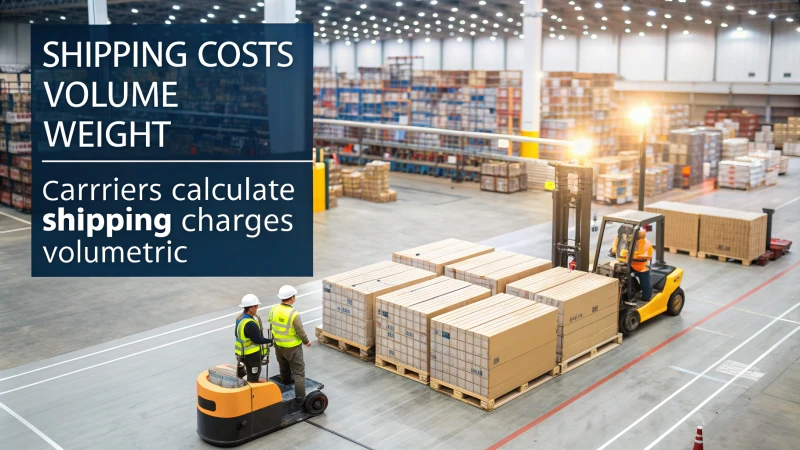
The Basics of Shipping Costs
If you've ever found yourself puzzled by your shipping bill, you're not alone. It took me a while to get my head around how these costs are calculated. Essentially, they boil down to two main factors: the actual weight of the package and something called the dimensional or volumetric weight. Grasping these concepts can really make a difference, especially if you're in the business of logistics.
What is Volumetric Weight?
I remember the first time I learned about volumetric weight. It was during a particularly frustrating conversation with my shipping carrier where they explained that the space my package occupies could cost more than its actual heft. Imagine that! The formula they use seems pretty straightforward now, but back then, it felt like deciphering a foreign language:
[ \text{Volumetric Weight (kg)} = \frac{\text{Length (cm)} \times \text{Width (cm)} \times \text{Height (cm)}}{5000} ]
So, you could be holding a large, fluffy teddy bear in one hand and a small, dense box in the other, yet that teddy could cost more to ship!
Impact on Different Shipping Methods
-
Sea Freight
-
Full Container Load (FCL): Here, it's all about the container size rather than its weight. Whether it's a 20-foot or a 40-foot container, knowing these dimensions can help you budget better.
-
Less than Container Load (LCL): In this case, charges rely heavily on volume measured in cubic meters (CBM).
-
-
Air Freight
- Air freight is another beast entirely, as it can change based on both volumetric and actual weight.
-
Express Shipping
- More expensive as it might be, express shipping's charges tend to jump during peak seasons.
Optimizing Shipping Costs
Through trial and error, I've learned a few tricks to keep those shipping costs down. First, it's crucial to consider both actual weight and dimensional weight4 when packaging items. Sometimes, even a slight reduction in size can lead to significant savings.
Another thing I do is carefully choose my shipping method5 based on what I'm sending. Bulkier items often make more sense by sea, whereas smaller, high-value goods might benefit from air freight's speed.
Finally, investing in logistics software has been a game-changer for me. It helps calculate the best options given my volume and weight constraints, ensuring I don't overspend unnecessarily.
Volumetric weight is crucial for air freight costs.True
Air freight charges are sensitive to space, making volumetric weight vital.
Sea freight always charges based on actual weight.False
Sea freight often charges based on volume, especially for LCL shipments.
What Are the Additional Costs and Hidden Fees Involved?
Have you ever been blindsided by unexpected costs when shipping freight? You're not alone, and here's how to stay ahead.
Additional costs in freight shipping can sneak up on you, often including customs duties, insurance premiums, port fees, and storage charges. These expenses vary depending on the region and shipping method, significantly impacting your logistics budget.
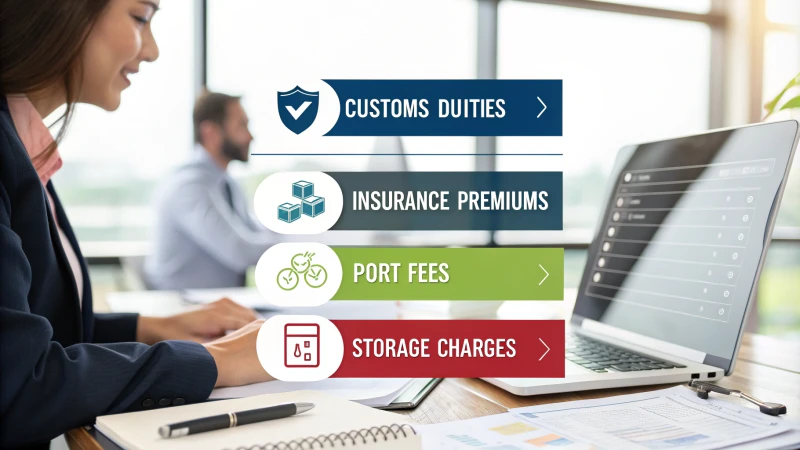
Understanding Common Additional Costs
When I first started dealing with international shipping, the sheer number of additional costs6 took me by surprise. Customs duties, for instance, are a reality check. They’re like those hidden taxes we all dread, and they depend on what you're shipping and where it's coming from. It's like an unexpected toll booth on a road trip you thought was free.
Then there’s insurance. It’s like packing an umbrella just in case of rain, ensuring your shipment is covered if anything goes wrong. The premium is usually a slice of the shipment's value and can change based on how risky the journey seems.
Unveiling Hidden Fees
Hidden fees can feel like a ghost in the machine. Port fees, for example, can appear out of nowhere, adding up quickly. They’re the price for using port facilities, kind of like paying for parking but on a much larger scale.
And don't get me started on storage charges. If your goods aren't cleared swiftly from customs or ports—maybe because of paperwork hiccups—you could end up paying more than expected. It's like getting fined for not picking up your mail on time.
Cost Breakdown by Shipping Method
To better illustrate these expenses, consider a breakdown of costs based on different shipping methods:
| Shipping Method | Primary Costs | Potential Hidden Fees |
|---|---|---|
| Sea Freight | Container shipping rates | Port handling fees |
| Air Freight | Weight-based charges | Fuel surcharges |
| Express Shipping | Flat rate per kg | Additional handling charges |
Choosing the right method can significantly influence your final bill. Sea freight might be cheaper upfront but could hit you with hefty port fees compared to air freight.
Understanding these elements helps in planning your budget accurately and avoiding any nasty surprises. Always chatting with a trusted freight forwarder can give you a comprehensive estimate tailored to your needs. This approach helps ensure transparency and smooth logistics operations.
I also recommend considering automated tools7 that can help you track and predict these costs, making planning a breeze.
Customs duties vary by country of origin.True
Customs duties are taxes that differ based on the goods' origin.
Insurance premiums are a fixed cost in shipping.False
Insurance premiums fluctuate based on shipment value and risk factors.
How Can I Optimize My Shipping Strategy to Save Costs?
Ever wonder if you're paying too much for shipping? Believe me, I’ve been there, and finding the right strategy can save a ton of money.
To optimize my shipping strategy and save costs, I analyze my current methods, compare carrier rates, use logistics technology, and consolidate shipments for maximum efficiency.
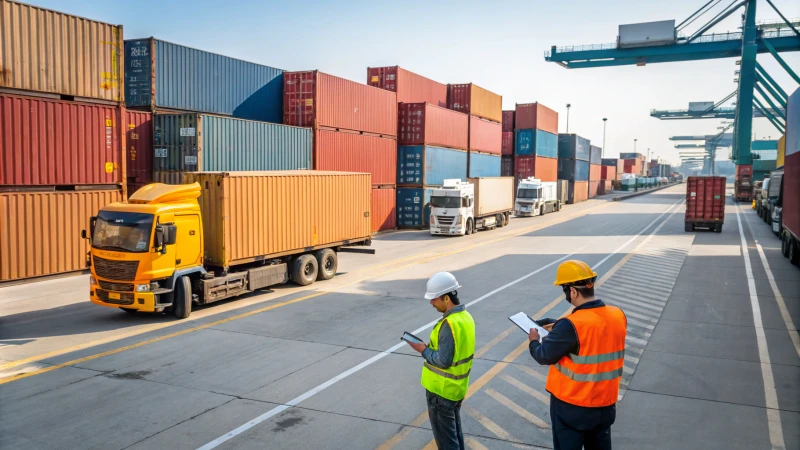
Evaluate Your Current Shipping Methods
It all started one late night when I was staring at my shipping invoices8. That's when I realized I might not be using the most budget-friendly transportation for my goods. Have you ever thought about whether air or sea freight fits your budget and timeline better? By diving into these details, I've uncovered significant savings.
Compare Carrier Rates
I remember the first time I switched carriers after a thorough rate comparison; it felt like discovering a secret passage to savings. Regularly checking prices from different carriers can unlock deals you never thought possible. Online tools make this comparison a breeze, helping me find competitive rates9 that suit my business needs perfectly.
| Carrier | Air Freight (per kg) | Sea Freight (per CBM) |
|---|---|---|
| Carrier A | $5.00 | $80.00 |
| Carrier B | $6.50 | $75.00 |
| Carrier C | $4.75 | $85.00 |
Leverage Technology
Imagine having a logistics wizard in your pocket—that's what good management software feels like. It's streamlined my operations, cut costs, and offered real-time tracking with inventory management that’s simply transformative. Route optimization10 is just another trick up its sleeve.
Consolidate Shipments
The moment I discovered shipment consolidation was a game-changer. Combining smaller shipments into one bigger lot has slashed my costs significantly. This strategy of consolidation11 is a gem, especially if you're juggling multiple suppliers or frequent small orders.
Negotiate with Carriers
I used to think negotiating was only for seasoned pros until I tried it myself. Building solid relationships with carriers has paved the way for better rates. With volume-based negotiations and long-term contracts, I've managed to secure substantial savings over time.
Implementing these strategies has been a journey of discovery and relief, cutting down on shipping expenses while ensuring timely deliveries. Exploring each option lets me find what fits best for my specific operational needs. Give it a try—you might be surprised at the savings you uncover!
Air freight is always cheaper than sea freight.False
Sea freight is generally cheaper than air freight per unit weight.
Consolidating shipments reduces overall shipping costs.True
Combining shipments lowers costs by minimizing transportation expenses.
Conclusion
Shipping costs from China to New Zealand vary by method: sea freight ($70-$3,200), air freight ($3.5-$6.5/kg), and express shipping ($30-$40/kg), influenced by volume and weight.
-
Discover how sea freight can be cost-effective for bulk shipments. ↩
-
Understand air freight pricing dynamics and how it impacts your budget. ↩
-
Evaluate various express services to choose the best fit for urgent deliveries. ↩
-
Understanding this difference helps in optimizing packaging to reduce costs. ↩
-
Selecting the right method can save costs and time depending on shipment needs. ↩
-
Learn about various additional costs involved in freight shipping to budget effectively and avoid financial surprises. ↩
-
Explore tools designed to track and forecast shipping expenses for better logistics management. ↩
-
Explore different shipping methods to determine the most cost-effective option for your business needs. ↩
-
Discover tools that help compare rates from different carriers to ensure you're getting the best price. ↩
-
Learn about logistics software that can optimize your shipping process and reduce costs. ↩
-
Understand how shipment consolidation can lower costs and improve efficiency. ↩

